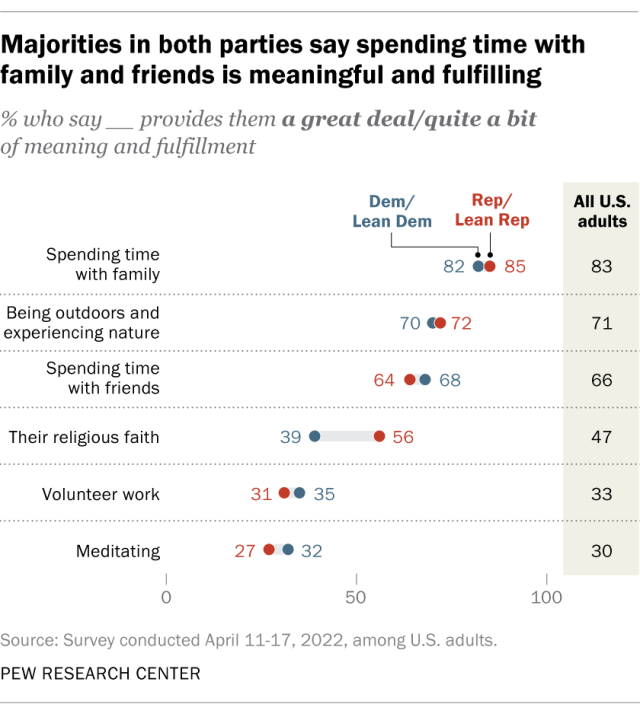Hat tip to Dan Pink who tweeted about a study which found teaching improv to students can lower social anxiety and intolerance of uncertainty. The study authors noted that historically,
“…intensive clinical intervention—18 weekly, 1-hour private sessions of cognitive behavior therapy—works to reduce intolerance of uncertainty. But most people, including teens, don’t have access to expensive therapies, and want to avoid the stigma of clinical disorders, says Peter Felsman, the study’s lead author and U-M doctoral graduate.”
In conducting the study, the authors recruited the involvement of 350 students in grades 8-12 at 14 schools in a 10 week program taught by improv professionals in the Detroit metro area. The students were surveyed in week 1 and week 10 to determine if there were any changes in their tolerance of uncertainty and social anxiety in their lives.
Students were asked to rate themselves on a scale of 0 to 4 on social anxiety questions like:
“Fear of embarrassment causes me to avoid doing things or speaking to people,” “I avoid activities in which I am the center of attention,” and “Being embarrassed or looking stupid are among my worst fears.”
and in terms of uncertainty:
Participants were instructed to rate “how characteristic” each of the items was about themselves (e.g. “Not knowing what may happen next can make me scared or sad.”) from 0 (Not at all to 5 (Entirely).
Students were also asked questions regarding social self-efficacy and prior experience with improv in order to provide other baseline measures. In speaking about the results, the study authors found that improv supported their hypotheses regarding social anxiety and intolerance of uncertainty (IU).
…this study addressed two open empirical questions: 1) whether participating in an improv course is associated with change in IU, and 2) whether that change is associated with change in social anxiety. We found evidence to support both of our hypotheses: improv is associated with reductions in IU, and that change in IU is associated with reductions in social anxiety
I would encourage anyone who might be considering using improv to achieve similar goals to carefully read the full study. They make distinctions between the effectiveness and vigor of previous efforts in terms of frequency and length of sessions as well as the training of those administering the improv classes. They take pains to explain they intentionally designed their program to be administered in-class to everyone in order to avoid the stigma of that those chosen to participate are troubled and need help. Likewise, there is no discussion of mental health during the sessions which are lead by theatre/improv instructors rather than counselors and therapists.



Thanks for what you are doing to bring cultural change to the arts. It is so important to represent everyone.…